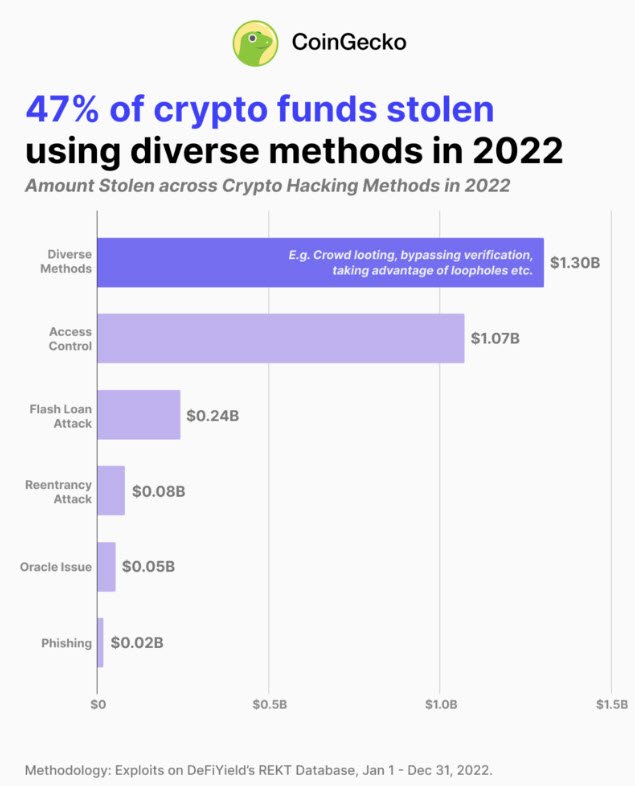The Future of DeFi and Insurance Protocols

It's clear the DeFi has a host of issues with it that are keeping it from growing. From cookie cutter sites that rug pull users assets to constant hacks or just low performing numbers if DeFi ever wants to really take off it needs to start fixing and combating these issues.
One of those ways seems to be a growing area of insurance protocols. In this article I'll be going over what Insurance protocols are and how they can be a first stepping stone to solving some of these major defi struggles that have been happening over the last almost now three years. If we can prep defi in a solid manner for the next bull run it could very well take over. However in it's current state it still feels like a somewhat failed project.
As we can see in this screenshot from Defilama.com The defi space really hasn't grown. In fact it's only gone down and the results have been diminishing. Many of the tokens from these defi projects have lost so much value and it's very hard for them to gain any traction back unless emissions are reduced. The lack of trading happening doesn't fuel the price of these tokens any longer.

Even in the next bull run I find it hard to believe that these defi tokens will return to their previous highs. They have been over inflated from the now almost two year bear market.
If we look at a recent info graphic that CoinGecko shows how most money exiting the systems happens.

What Are Insurance Protocols
Insurance protocols are cover pools which can be created by CeFi, DeFi and Metaverse projects that are designed to protect users assets in the event of a hack or loss of funds. They are primarily focused on the pools themselves and not each individual investor which means quick fast payouts to all those within the pools when the event took place.
For the most part these new Insurance protocols are primarily based around stablecoin assets since it's easier to backup and hold correct values over a token such as Bitcoin which can have wild price swings up and down.
That's one of the biggest net positives to this solution. While it doesn't actully fix the core issues it is a decentralized solution that doesn't need claims adjusters or any middle man with complicated time consuming processes. Instead if something happens this smart contract can be triggered to replace those insured funds quickly.
This brings at least a little sense of ease when it comes to investing into defi as there's already massive risks involved just from of impermanent loss
While this is a step in the right direction and offers up massive benefits in terms of speed and some sense of security defi still has a long way to go before it becomes a focal point for investing again. Defi will need to come up with better decentralized methods of securing funds and in a way I think the Hive blockchain could do something on some type of level with a delegation stake.
The benefits of a delegation stake is that the user still controls the funds and if they want to remove or add them into a project. However they can also exit at any point but with a 7 day cool down period which prevents spamming and other manipulated issues that may happen.
The APR and so called "earned" funds from this delegation can generate a pool. I'm not exactly sure how it would work as nothing like it has yet to be created but it makes sense to me that delegation seems like a smart move in which the person is still in control of the wallet that holds the funds.
Let me know your thoughts on insurance with DeFi and what you think might be the next successful adoption of DeFi that will allow it to break massive ground again.
https://leofinance.io/threads/bitcoinflood/re-leothreads-axlr5lkv
The rewards earned on this comment will go directly to the people ( bitcoinflood ) sharing the post on LeoThreads,LikeTu,dBuzz.
Yay! 🤗
Your content has been boosted with Ecency Points, by @bitcoinflood.
Use Ecency daily to boost your growth on platform!
Support Ecency
Vote for new Proposal
Delegate HP and earn more